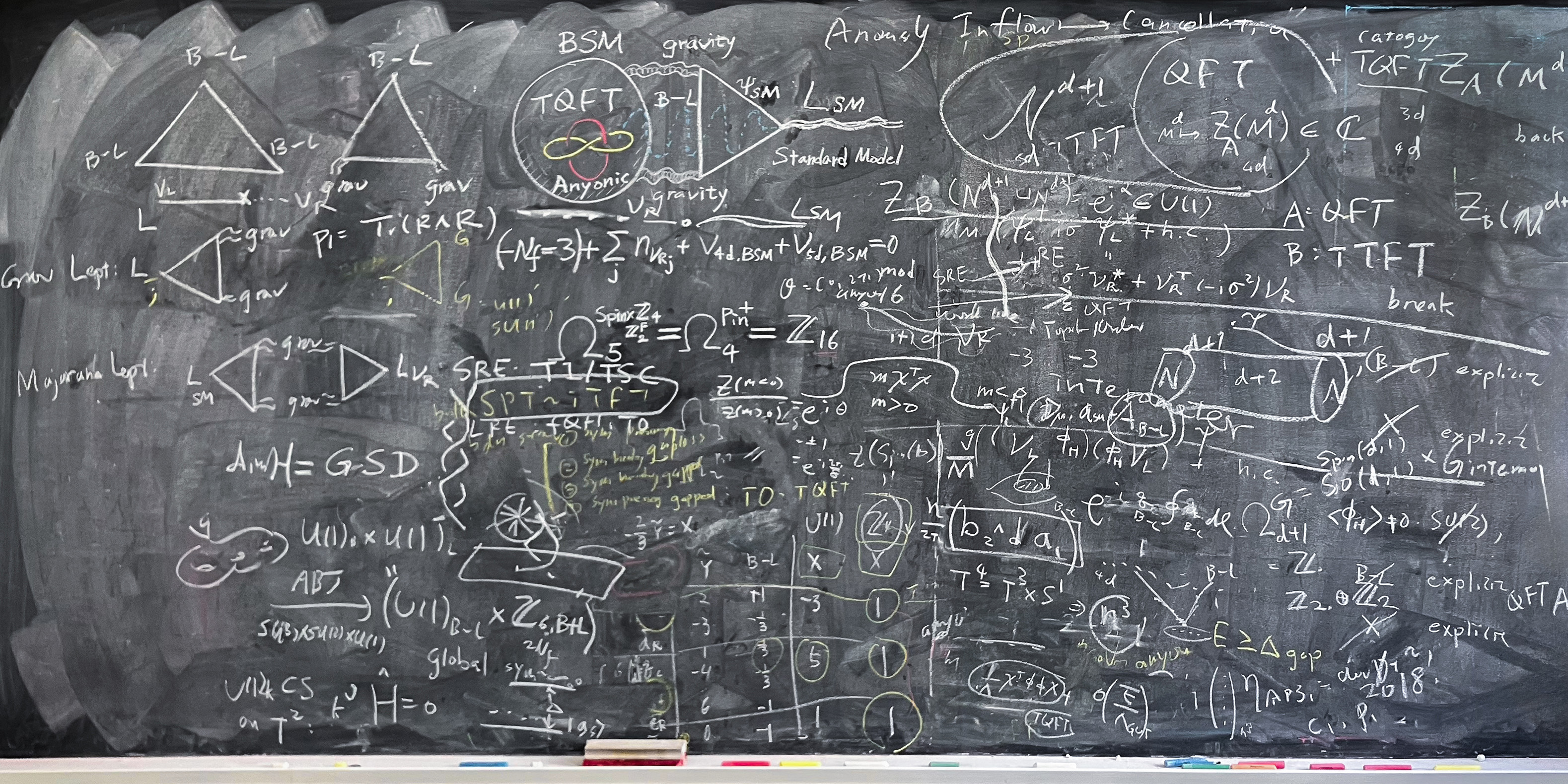- All updates
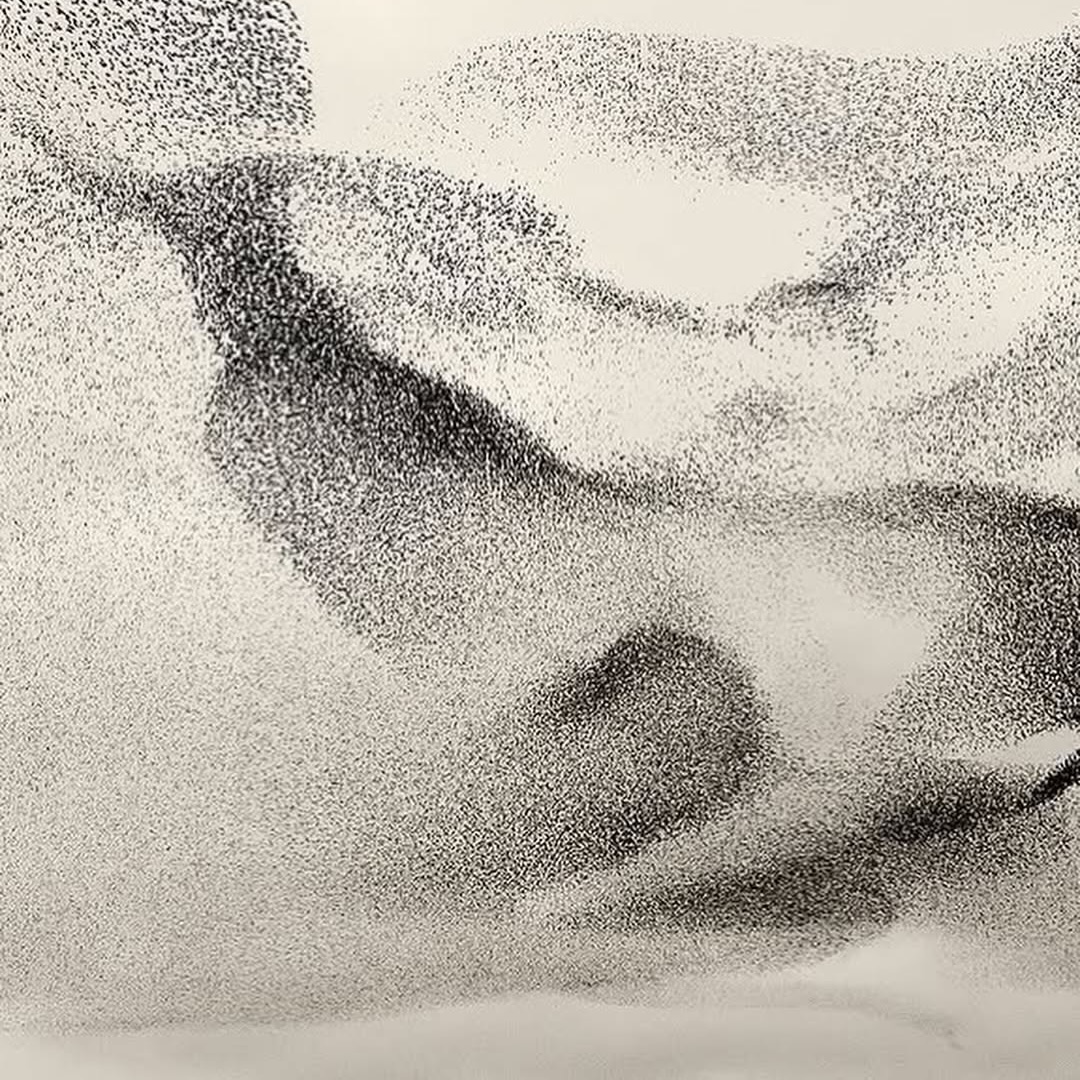
Eventscoming 15 sep
Maths in the age of AI
In the Royal Institution’s lecture theatre, Prof. Yang-Hui He reflects on how growing AI-human collaboration is shaping the future of maths.
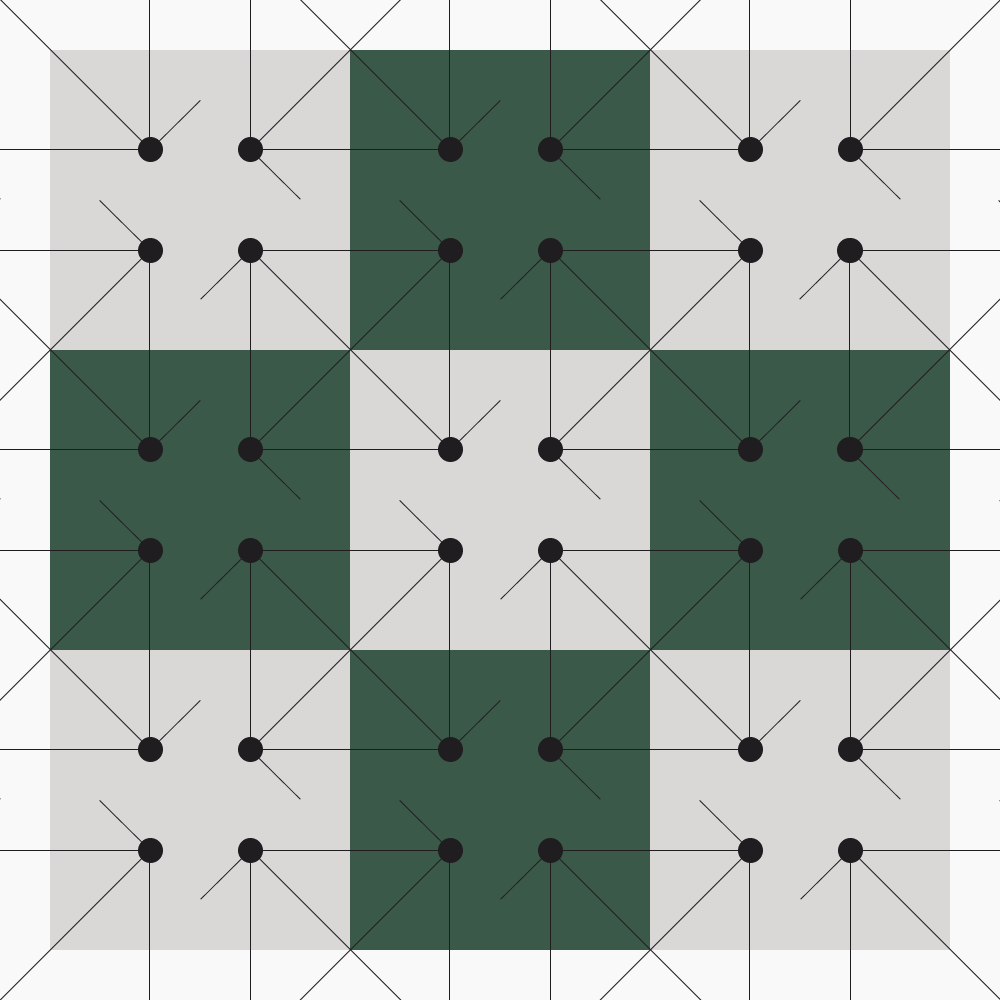
Eventscoming 24 jul
CFT tensor network
Prof. Zhengcheng Gu describes the construction of a fixed-point tensor network and its generalised symmetries in conformal field theory.
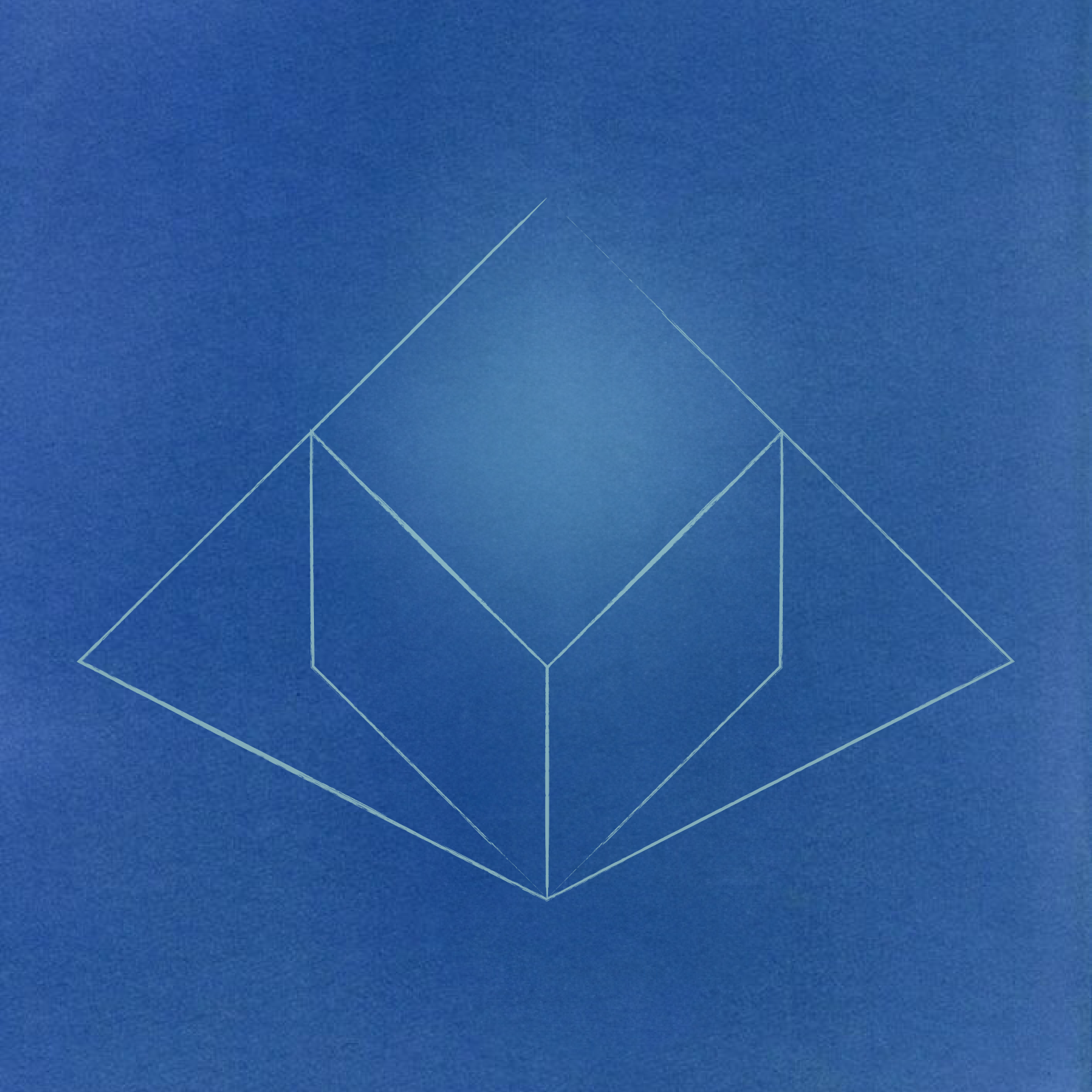
Eventscoming 23 jul
Enumerative Galois
Prof. Frank Sottile of Texas A&M outlines the history and the state of the art of a keystone topic at the interface of algebra and geometry.
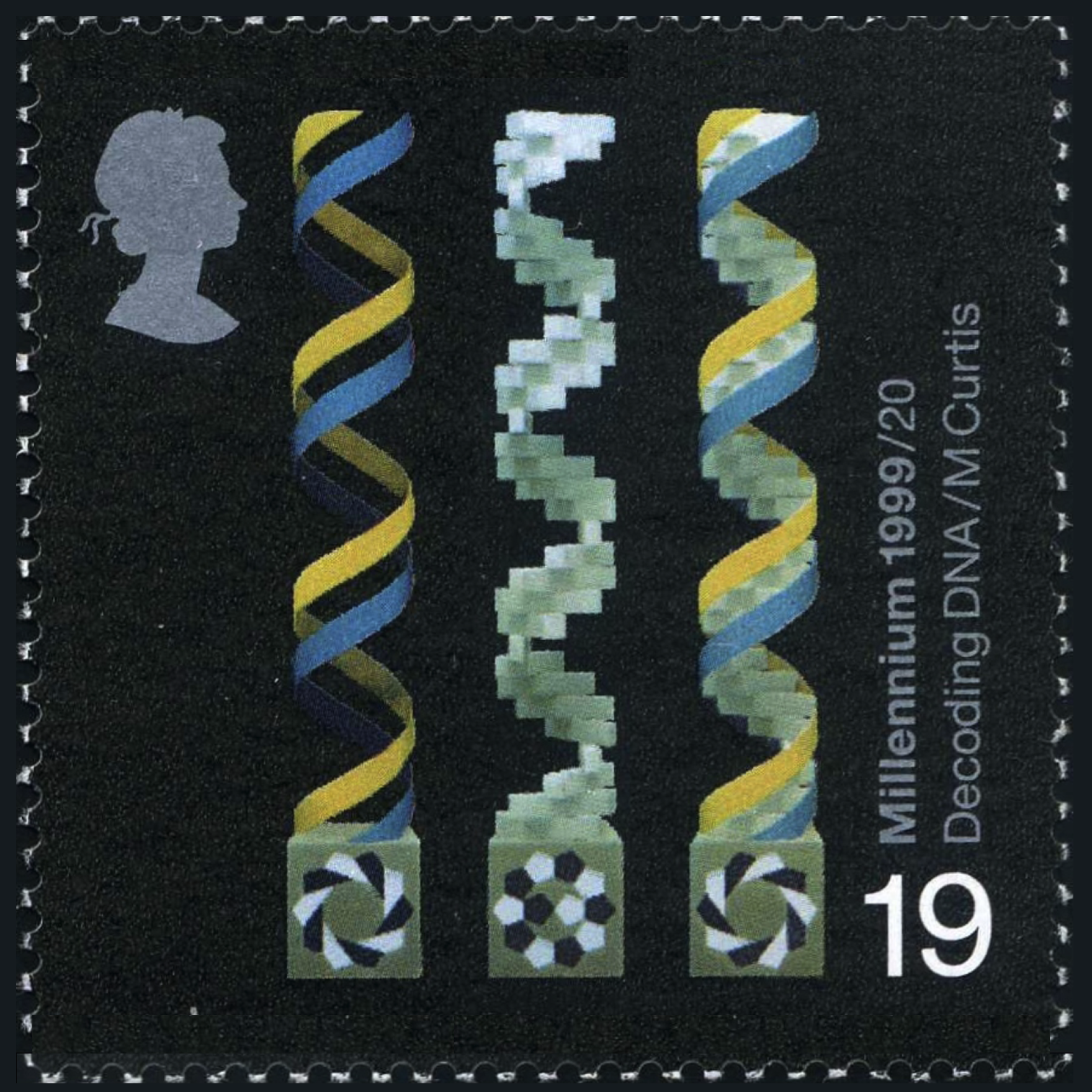
Jobs16 Jul
Cognia AI Junior Fellows
The London Institute is hiring two Junior Fellows in theoretical physics and mathematics to join us in our quarters at the Royal Institution.

Press16 Jul
Langlands unlocked
The geometric Langlands proof brings mathematicians a step closer to a grand unified theory, Ananyo Bhattacharya writes in a Nature feature.
Events14 Jul
Symmetry day
Three leading experts show how the idea of symmetry forms key interfaces between algebra and geometry through the lens of their recent work.
Papers10 Jul
Non-reciprocal breather
The Journal Physical Review X accepts the paper “Non-reciprocal breathing solitons” by our Arnold Fellow Oleksandr Gamayun and coauthors.
Events7 Jul
Decoding life with AI
Mikhail Burtsev explains how artificial intelligence is helping to decipher genomes in the Royal Institution’s iconic lecture theatre.
Papers6 Jul
Fibonacci anyons
With IBM Quantum, we braid non-abelian Fibonacci anyons in string-net condensates to realise fault-tolerant universal quantum computation.
Papers3 Jul
On universal dynamics
The Journal of High Energy Physics accepts “Exactly solvable models for universal operator growth” by Oleksandr Gamayun and coauthors.
Events3 Jul
Discriminants & physics
Ed Segal from UCL will talk about semi-orthogonal decompositions of derived categories of toric varieties, coming from wall-crossing in GIT.
Papers2 Jul
Optimal transfer
We use the quantum brachistochrone method to design an optimal control strategy for the fastest quantum state transfer in long qubit chains.
People1 Jul
Khodorkovsky Fellow
Dr Kurnosov is a Khodorkovsky Research Fellow at LIMS. His work focuses on complex geometry, hyperkähler geometry and Calabi-Yau manifolds.
Papers26 Jun
Analysing the vacuum
Birational methods in algebraic geometry are used to explicitly describe the vacuum structure of the Minimal Supersymmetric Standard Model.
Events24 Jun
Caltech in London
Caltech alumni gather at the London Institute to catch up on Caltech news and hear a discussion on how Britain can help American science.
Papers16 Jun
Standard Model vacuum
The rich and intricate vacuum geometry of the Minimal Supersymmetric Standard Model—a complex manifold—is characterised for the first time.
Events16 Jun
The mortality equation
Thomas Fink unveils a mathematical model showing programmed aging cannot be favoured by natural selection, even in a shifting environment.
Press11 Jun
A Fields Medal for AI?
The Financial Times features Prof. Yang-Hui He in a piece highlighting the potential impact of future AI models on academic mathematicians.
Papers10 Jun
Optimal transfer
Physical Review Letters accepts the paper “Time-optimal transfer of the quantum state in long qubit arrays” by Andrei Stepanenko and coauthors.
Papers10 Jun
Reinforcing spectra
We show reinforcement learning can be used to check whether a certain class of quantum field theory has a finite spectrum of stable particles.
Press8 Jun
Rebel with a cause
Ben Delo talks to Thomas W. Hodgkinson about overcoming Asperger’s, smoking the competition, and why he likes the London Institute.
Press7 Jun
The most valuable cargo
As US science funding falters, Britain creating posts for top American researchers would be a win for science on both sides of the Atlantic.
Press6 Jun
Outsmarting AI
Prof. Yang-Hui He speaks to Scientific American about joining top mathematicians for a secret meeting to pose problems even AI can’t solve.
Events3 Jun
The mathematical piper
Martin Reeves explores the surprising harmony between the music and maths of the Great Highland bagpipe—complete with a live demonstration.
Events29 May
AI for discovery
Prof. Michael Douglas examines how advances in AI may soon lead to autonomous systems capable of making genuine mathematical discoveries.
Papers28 May
Reflexions on Mahler
Using Newton polynomials from reflexive polygons, we find that the Mahler measure and dessin d’enfants are in one-to-one correspondence.
Papers22 May
Fredholm meets Toeplitz
A new approach to the large distance asymptotic of the finite-temperature deformation is discussed for a sine-kernel Fredholm determinant.
Press21 May
Talking murmurations
Prof. Yang-Hui He discusses AI breakthroughs in mathematics with podcaster Curt Jaimungal–including his work on the murmuration conjecture.
Press16 May
The shape of physics
Prof. Yang-Hui He discusses geometry’s surprising impact on physics and their interplay through the ages on Quanta’s The Joy of Why podcast.
Events15 May
Early universe strings
Prof. Joseph Conlon outlines how string theory suggests new equations of state that may describe the physics of the very early universe.
Events9 May
Conformal to topological
Dr Matthew Buican details how a universal deformation takes 3d N=4 superconformal field theories to 3d topological quantum field theories.
Website8 May
Soft power revised
We have simplified our soft power page, which now comprises voice, website, building, meetings, recruitment and organisational intelligence.
Papers6 May
Fibonacci anyons
Nature Communications accepts the paper “Realizing string-net condensation: Fibonacci anyon braiding for universal...” by Juven Wang et al.
Events6 May
Geometry meets physics
Simon Telen presents his discovery of a new connection between polynomials inspired by particle physics and classical algebraic geometry.
Website6 May
Horizontal scrolling
We’ve added horizontal scrolling to our website, providing a cleaner way to visualise and navigate evolvable scripts, such as our rituals.
Papers2 May
Reinforcing spectra
The Journal Physics Letters B accepts the paper “BPS spectroscopy with reinforcement learning” by our Fellow Yang-Hui He and coauthors.
Papers30 Apr
Fredholm meets Toeplitz
Physica D: Nonlinear Phenomena accepts the paper “On finite-temperature Fredholm determinants” by Oleksandr Gamayun and coauthor.
Events29 Apr
Linearising groups
Antoine Pinardin presents a complete description of the linearisable subgroups of the plane Cremona group over the field of complex numbers.
Press28 Apr
Liking the like?
In The Times, our writer Thomas W. Hodgkinson reviews a compelling history of the “like” button, co-written by our Trustee Martin Reeves.
People28 Apr
New Trustee
Florian Schuster is a LIMS Trustee. An investor and entrepreneur, he advises on financial strategy, promotes our values and raises funding.
Papers16 Apr
On universal dynamics
Quantum many-body systems share patterns of dynamics that are exactly described by tridiagonal matrices based on continuous Hahn polynomials.
Papers11 Apr
Fibonacci anyons
With IBM Quantum, we braid non-abelian Fibonacci anyons in string-net condensates to realise fault-tolerant universal quantum computation.
Papers7 Apr
Learning integrability
We introduce an AI-based framework for finding solutions to the Yang-Baxter equation and discover hundreds of new integrable Hamiltonians.
Events7 Apr
Quantum symmetries
Dr Po-Shen Hsin introduces generalised symmetries in quantum systems and explores their roles in dynamics, constraints and applications.
People3 Apr
Ben Delo Fellow
Juven Wang is the Ben Delo Fellow at LIMS. Previously a Fellow, he took up the prestigious new post that was created by a gift from Ben Delo.
Press3 Apr
My passion for maths
In a time of government cuts to mathematics, the entrepreneur and philanthropist Ben Delo explains why he’s funding a new Fellowship at LIMS.
Papers3 Apr
Circuits with memory
We derive dynamical equations for networks with memristors and the Lyapunov functions of purely memristive circuits to study their stability.
Papers2 Apr
Reinforcing spectra
We show reinforcement learning can be used to check whether a certain class of quantum field theory has a finite spectrum of stable particles.
Events28 Mar
London learns Lean
Mathematicians across London share their work on the formalisation of mathematics using the AI proof-assistant computer language Lean.
Events27 Mar
Groupoids do the twist
Prof. Konstantinos Zoubos will use Lie groupoids and their twists to uncover hidden symmetries of supersymmetric orbifold field theories.
Events27 Mar
AI for QFT
In two consecutive talks, Prof. Koji Hashimoto and Dr Akio Tomiya discuss applying machine learning to problems in quantum field theory.
Events26 Mar
Co-piloting proofs
Dr Bhavik Mehta from Imperial College London gives an overview of Lean, the proof-assistant computer language used to formalize mathematics.
Papers24 Mar
Irreducible group action
The Journal of Lie Theory accepts “Irreducible actions of the infinite-dimensional general linear group on...” by Oleksandr Kosyak and coauthor.
Papers15 Mar
Quadratic residues
Additive combinatorics sheds light on the distribution of the set of squares in the prime field, revealing a new upper bound for the number of gaps.
Papers5 Mar
Metaheuristic tilings
We use simulated annealing to efficiently construct all brane tilings that encode supersymmetric gauge theories and discover a new one.
Events5 Mar
Fermionic TQFTs
Dr Matthew Yu explains how fermionic topological quantum field theories can be given a categorical description in 3+1-dimensional spacetime.
Events3 Mar
QCD’s IR and UV limits
Dr Andrea Guerrieri explores QCD in two distinct regimes to illustrate its pivotal role in shaping our understanding of fundamental physics.
People1 Mar
LIMS Fellow
Evgeny Sobko is a Fellow at LIMS. Previously a Landau Fellow, he took up the new post after a global competition for our new Fellowship.
Papers28 Feb
Three-qubit shortcut
We achieve maximal-fidelity state transfer in the fastest possible time for a 3-qubit chain by applying the quantum variational method.
Papers28 Feb
Topological dark matter
Sterile neutrinos are replaced by topological order as dark matter candidates to counterbalance the Standard Model’s gravitational anomalies.
